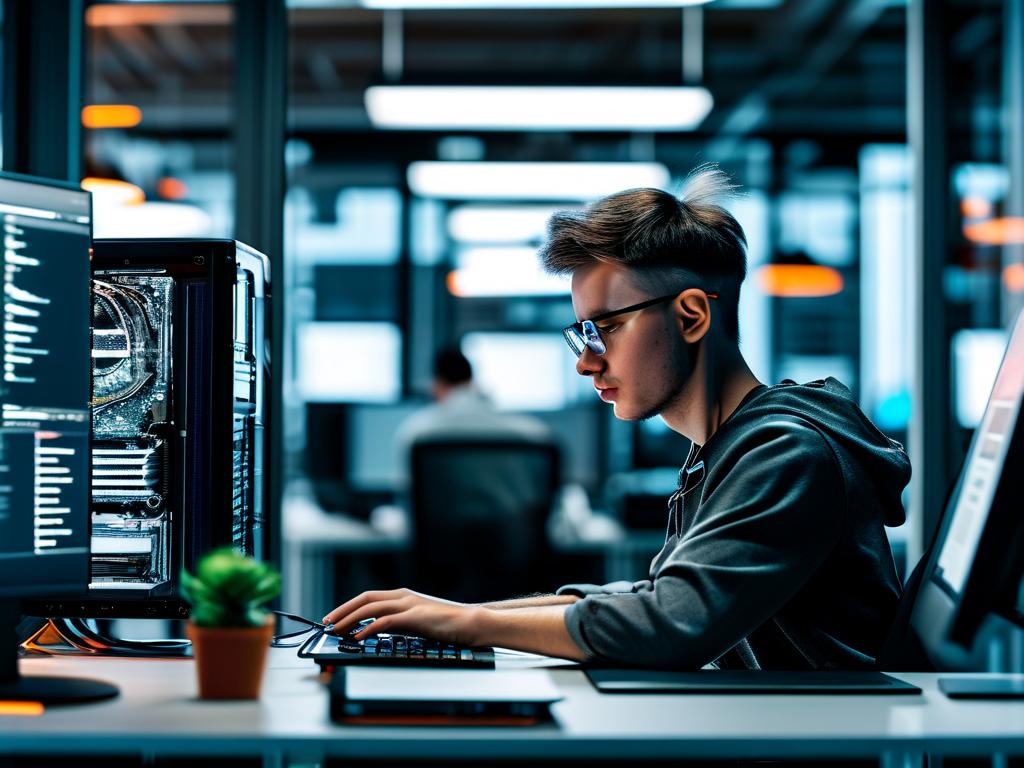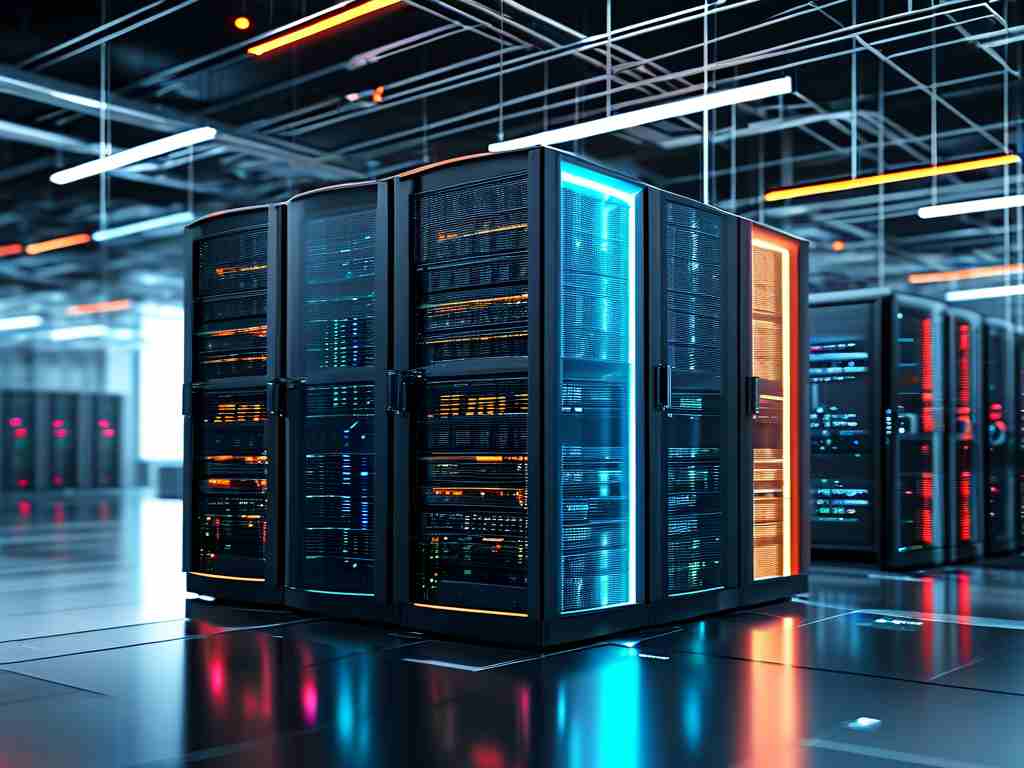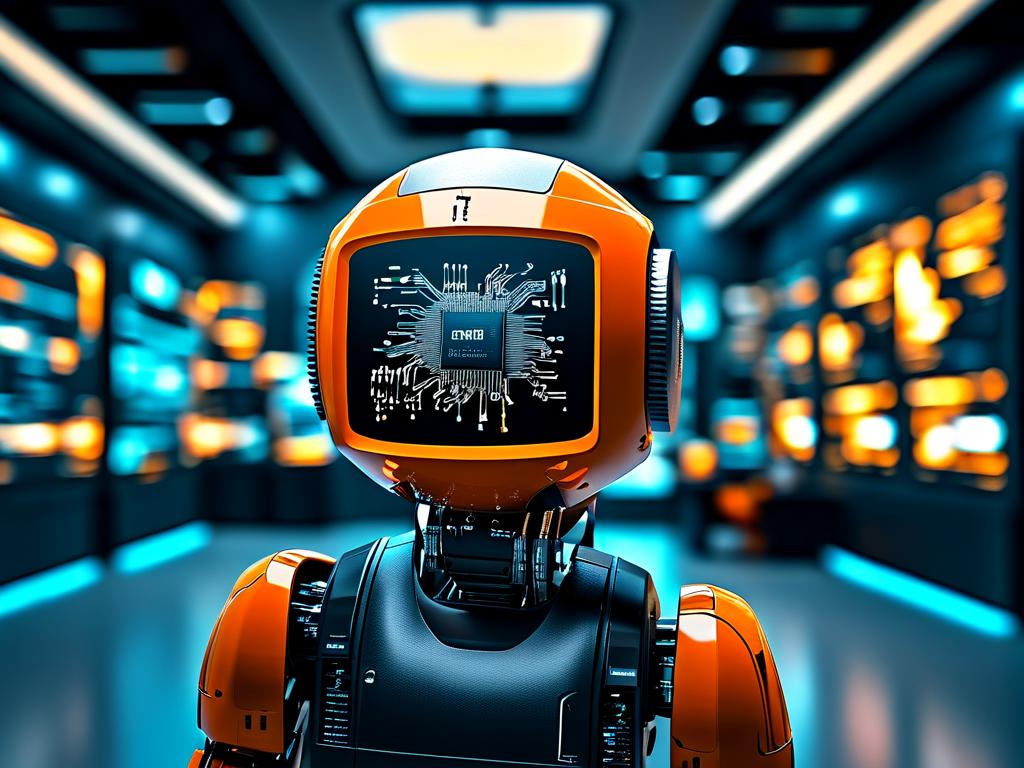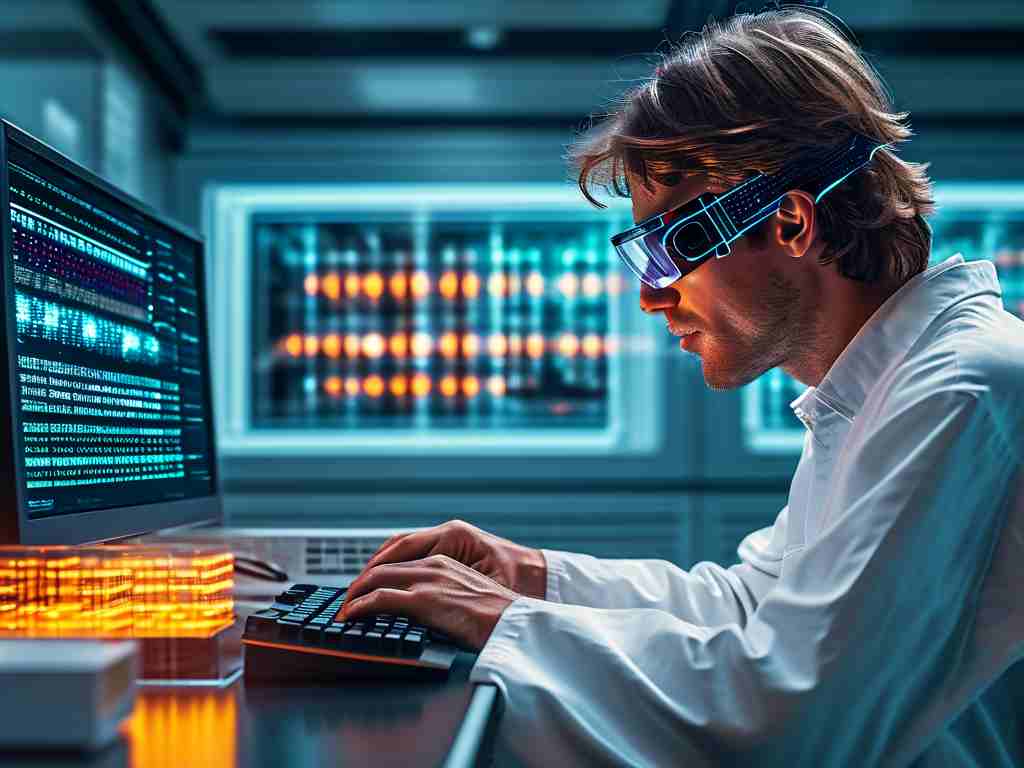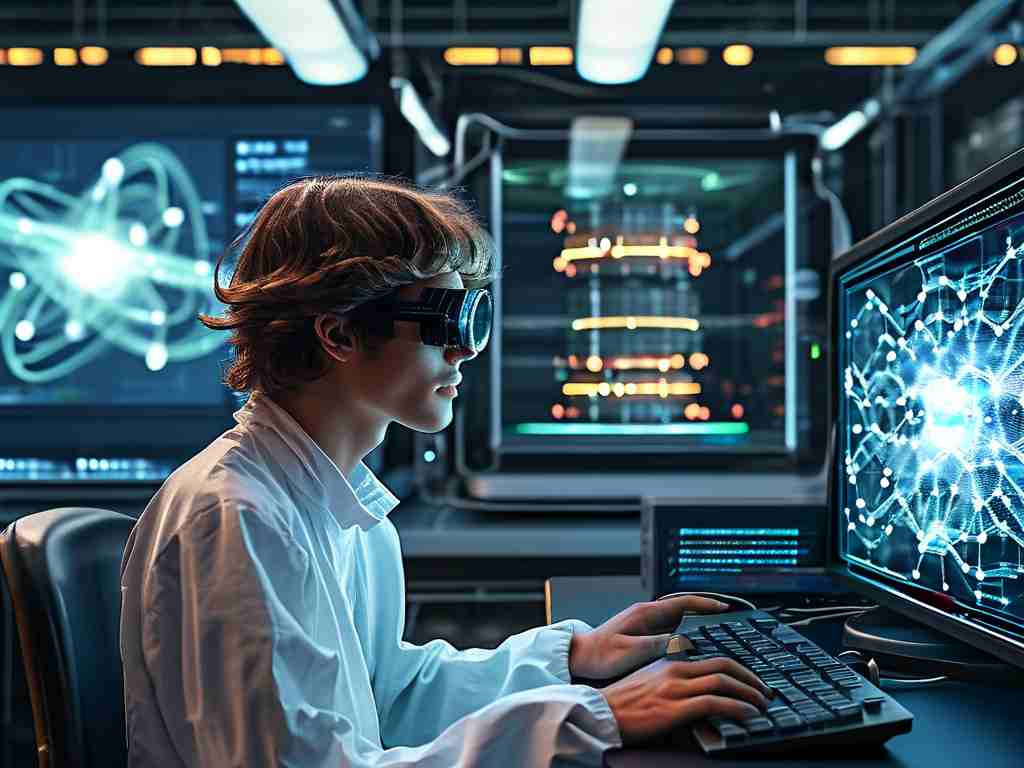The beverage industry is undergoing a transformative shift with the integration of robotics, and milk tea—a global favorite—is at the forefront of this revolution. Robotic milk tea technology combines precision engineering, artificial intelligence, and culinary artistry to redefine how consumers experience this beloved drink. From automated preparation to personalized recipes, the fusion of robotics and milk tea is reshaping business models, enhancing efficiency, and captivating tech-savvy audiences worldwide.
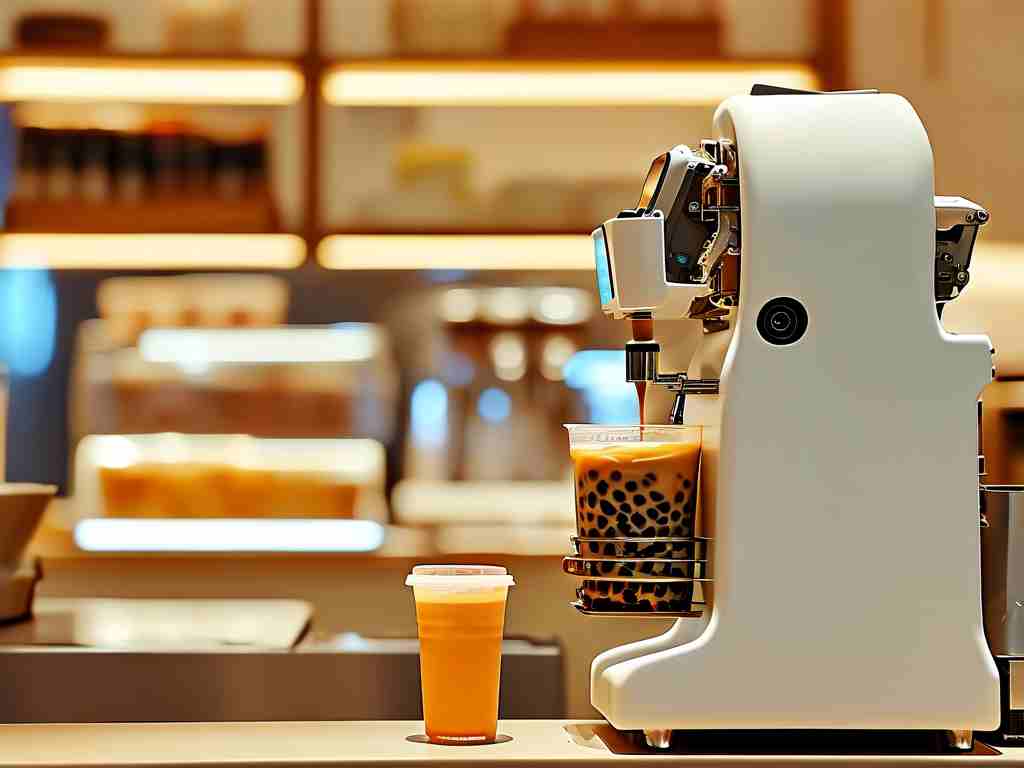
The Rise of Robotic Milk Tea Systems
In recent years, robotic milk tea systems have emerged as a game-changer for cafes and franchises. These machines utilize advanced sensors and AI algorithms to replicate human-like movements, ensuring consistent quality in every cup. For instance, robotic arms can precisely measure tea leaves, control steeping times, and adjust sweetness levels—tasks traditionally prone to human error. Brands like "BubbleBot Brews" in Taiwan and "RoboCha" in Japan have already deployed such systems, reporting a 40% reduction in operational costs and a 25% increase in customer satisfaction due to faster service and flawless drink replication.
How the Technology Works
At the core of robotic milk tea technology lies a combination of hardware and software innovations. High-precision actuators handle tasks such as shaking boba pearls or layering foam, while machine learning models analyze customer preferences to suggest customized orders. For example, a customer ordering a "less sugary oolong milk tea with extra tapioca" triggers the system to adjust ingredient ratios in real time. Embedded cameras and weight sensors ensure portion accuracy, minimizing waste. Additionally, cloud connectivity allows franchises to update recipes globally, ensuring uniformity across locations—a critical advantage for chains expanding into new markets.
Consumer Experience and Market Reception
While skeptics initially questioned whether robots could replicate the "human touch" of handmade drinks, consumer feedback has been overwhelmingly positive. In a survey conducted by BeverageTech Insights, 68% of respondents aged 18–35 expressed excitement about interacting with robotic systems, citing novelty and hygiene as key factors. Social media platforms have further amplified this trend, with viral videos of robotic arms crafting intricate latte art or assembling rainbow-colored boba drinks garnering millions of views. This digital buzz has translated into foot traffic, with robotic milk tea shops often becoming local landmarks.
Challenges and Ethical Considerations
Despite its promise, robotic milk tea technology faces hurdles. High upfront costs—ranging from $50,000 to $200,000 per unit—remain a barrier for small businesses. Maintenance complexities also pose challenges, as repairing specialized components requires trained technicians. Ethically, debates arise over job displacement, though proponents argue that automation shifts roles rather than eliminates them. For example, staff may transition to customer engagement or machine oversight tasks. Environmental concerns, such as energy consumption and single-use packaging, further push developers to innovate eco-friendly solutions, like biodegradable cups optimized for robotic handling.
Case Study: A Glimpse into a Robotic Tea Shop
Take "TechTea," a startup in Singapore, as a real-world example. Their fully automated store operates 24/7, blending traditional tea recipes with futuristic flair. Customers place orders via a touchscreen or app, selecting from 50 base flavors and 30 toppings. Behind a glass panel, robotic arms glide between stations—brewing tea, adding toppings, and sealing cups with laser-printed QR codes containing drink details. Since its launch in 2023, TechTea has achieved a 90% retention rate, with regulars praising its "perfectly balanced drinks every time." The brand now plans to license its technology to cafes in Europe and North America.
The Road Ahead
The future of robotic milk tea technology is ripe with possibilities. Developers are experimenting with AI-driven flavor profiling, where systems analyze regional taste preferences to create hyper-localized menus. Hybrid models, blending human baristas with robotic assistants, are also gaining traction. Meanwhile, startups are exploring compact, home-use versions of these machines, allowing enthusiasts to craft barista-level milk tea in their kitchens. As sustainability becomes a priority, next-gen robots may incorporate upcycled ingredients or solar-powered operations.
In , robotic milk tea technology is more than a novelty—it’s a scalable solution addressing consistency, efficiency, and consumer engagement in the beverage sector. While challenges persist, the fusion of robotics and culinary tradition is set to steep deeper into mainstream culture, one perfectly brewed cup at a time.


